The LG G5 is a television that not only continues but also enhances what we loved about the previous models in the G series. Instead of following the beaten path, LG opted for a new Tandem OLED panel – and it was a resounding success. Brightness? Simply, PH E N O M E N A L. HDR effect? Close to reference. Colours after calibration? Almost perfect. Motion fluidity, low latency, and features for gamers? At an absolutely top level. The G5 performs well both in films and games, day and night, with a decoder, console, PC, or even just the remote. Of course – it is not a product without flaws. It’s a shame there is no support for DTS, viewing angles have worsened compared to its predecessor, and the remote may vary depending on the version. However, when we look at the overall picture, it is hard not to feel that this is one of the best OLED televisions available on the market, and perhaps the best. Certainly, when it comes to its versatility and image quality without having to reach for the extremely expensive models of the competition. If you are looking for a television for everything – cinema, gaming, bright living rooms, watching online content or connecting a computer – the LG G5 is a device that simply delivers on every front without compromises.
- Matching (Score)
- Our verdict
- TV appearance
- Where to buy
- Contrast and black detail
- HDR effect quality
- Factory color reproduction
- Color reproduction after calibration
- Smoothness of tonal transitions
- Image scaling and smoothness of tonal transitions
- Blur and motion smoothness
- Console compatibility and gaming features
- Input lag
- Compatibility with PC
- Viewing angles
- TV efficiency during daytime
- Details about the matrix
- TV features
- Apps
- Playing files from USB
- Sound
LG OLED G5 vs Philips PUS8500
Direct compare
G54 / G51 / G55 / LW / LS
PUS8500 / PUS8560 / PUS8510 / PUS8600
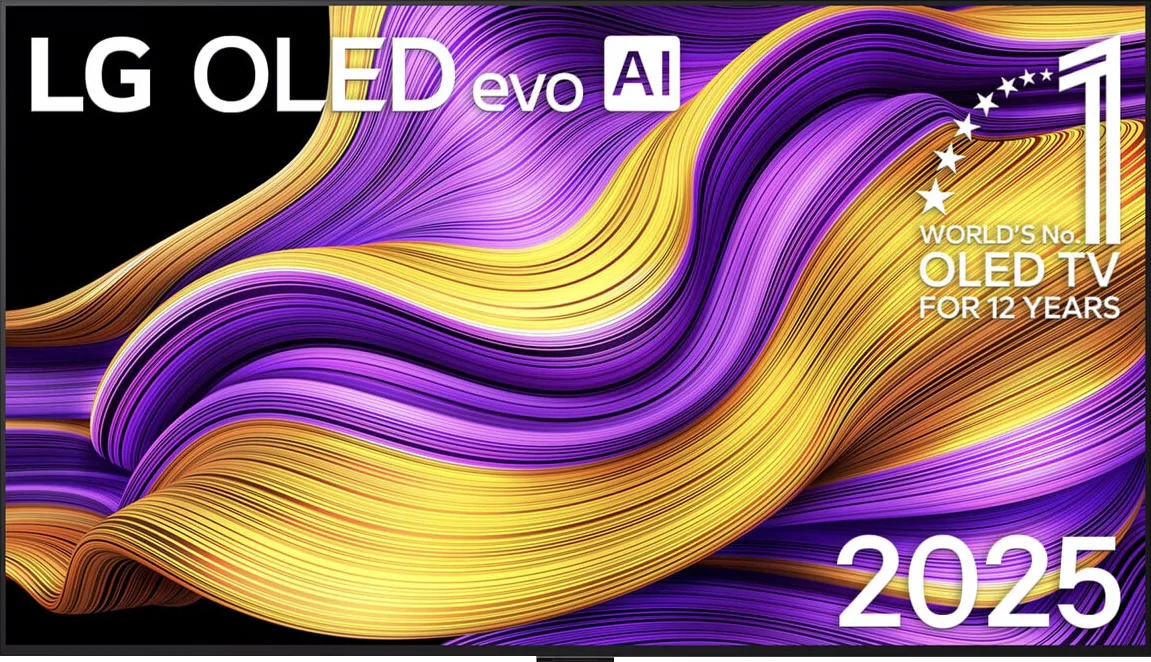

Panel type: WRGB OLED
Resolution: 3840x2160
System: WebOS
Model year: 2025
Complete the survey to find out the result

Panel type: LCD VA
Resolution: 3840x2160
System: Titan OS
Model year: 2025
Complete the survey to find out the result

Overall rating
8.9
5.6
Movies and series in UHD quality
9.2
5.6
Classic TV, YouTube
9.2
6.2
Sports broadcasts (TV and apps)
9.0
5.2
Gaming on console
9.6
6.7
TV as a computer monitor
8.8
5.6
Watching in bright light
8.0
4.9
Utility functions
8.5
4.8
Apps
9.1
4.6
Sound quality
8.7
6.2
Complete the survey to find out what fits your preferences
Advantages
Amazing black and contrast
Reference colour reproduction after calibration
Very high brightness in HDR materials
Excellent collaboration with consoles and computers
Great motion smoothness - OLED panel 165Hz
Many features for gamers: VRR, ALLM, HGIG, low input lag
Great operating system WebOS with many applications
Superb control thanks to the Magic remote with "pointer" function
Ambilight System
High native contrast - VA panel
Low input lag
Basic gaming features: ALLM and VRR
Full support for audio formats: Dolby Atmos and DTS
Backlit remote control with numeric keypad
Disadvantages
No support for DTS audio format
Worse (though still good) viewing angles than its predecessor G4
Different versions of the remote in derivative models – it's hard to predict which version we will get
Average panel brightness
The TitanOS system seems unfinished (some features do not work, missing applications)
Infrared remote control
Issues with font readability (PC)
Our verdict
Ambilight, as this is what we need to start with, is the biggest reason why it's worth buying the PUS8500. The three-sided backlighting of the television looks fantastic, especially in the evening. It creates an atmosphere, masks contrast shortcomings, and makes watching a film simply more enjoyable. Even if the black levels aren't perfect, the native VA panel offers decent performance at high contrast. Additionally, there’s quite a good input lag and several features for gamers such as ALLM and VRR. Although HDMI 2.1 and a 120Hz panel are absent, playing casually should be a pleasure. Especially since it feels responsive and without delays. Let’s also mention the full support for audio formats – both Dolby Atmos and DTS are included, so soundbar owners can also rejoice.
However, we won't sugarcoat it – this is still a budget television, and at times it’s clearly evident. The brightness is average – not weak enough to prevent viewing, but on an exceptionally sunny day, watching without curtains can be problematic. Nevertheless, in our opinion, the biggest disappointment of the PUS8560 is the Titan OS operating system. Despite the fact that the system debuted some time ago, certain functions simply refused to work – for instance, screen mirroring from a phone despite the manufacturer claiming that such a feature is present. There are fewer apps than in the competition, and the system itself operates rather clumsily. Generally, while it does have some features, it evidently lacks refinement.
Of course, this isn’t a television meant to compete with top models. But if someone is looking for something simple, with a great atmosphere provided by the Ambilight system, it is quite a fair proposition. You just have to know what to expect and accept the numerous compromises present here.
TV appearance
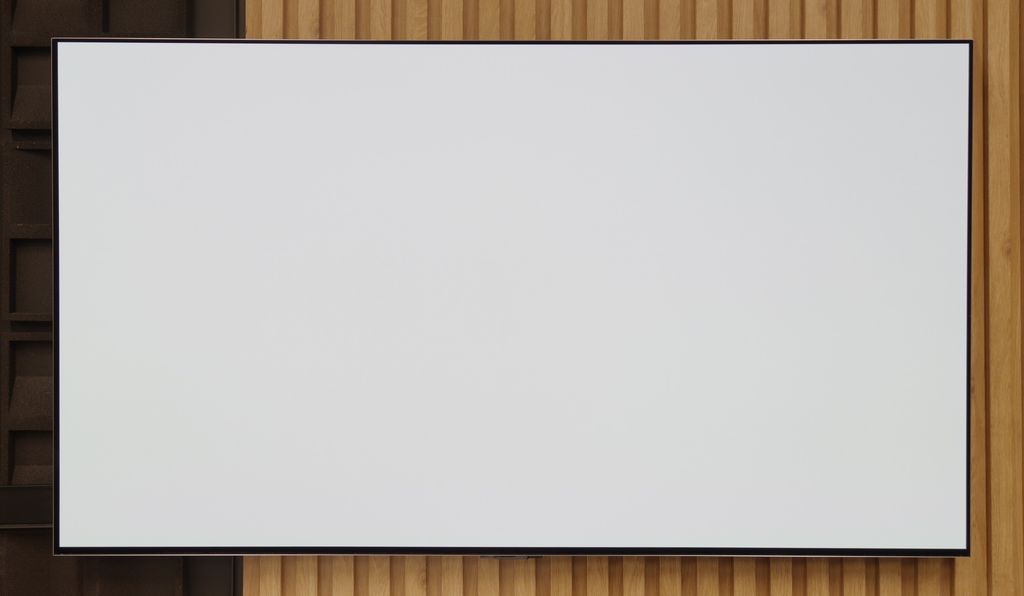
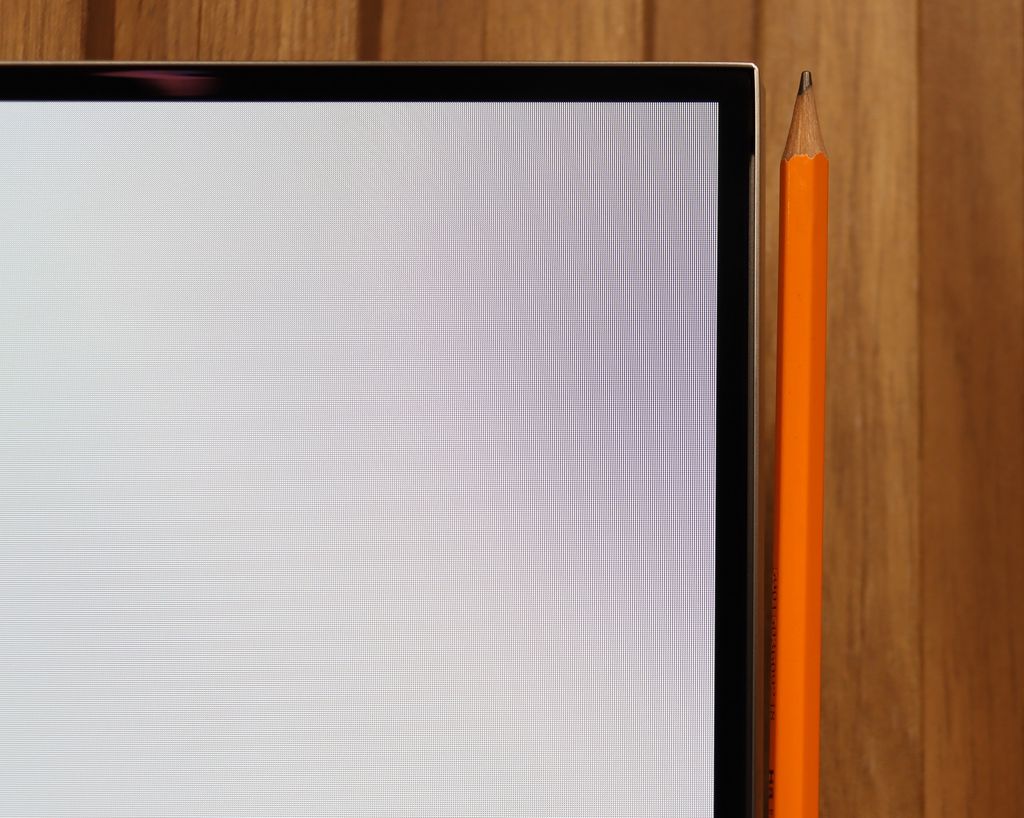
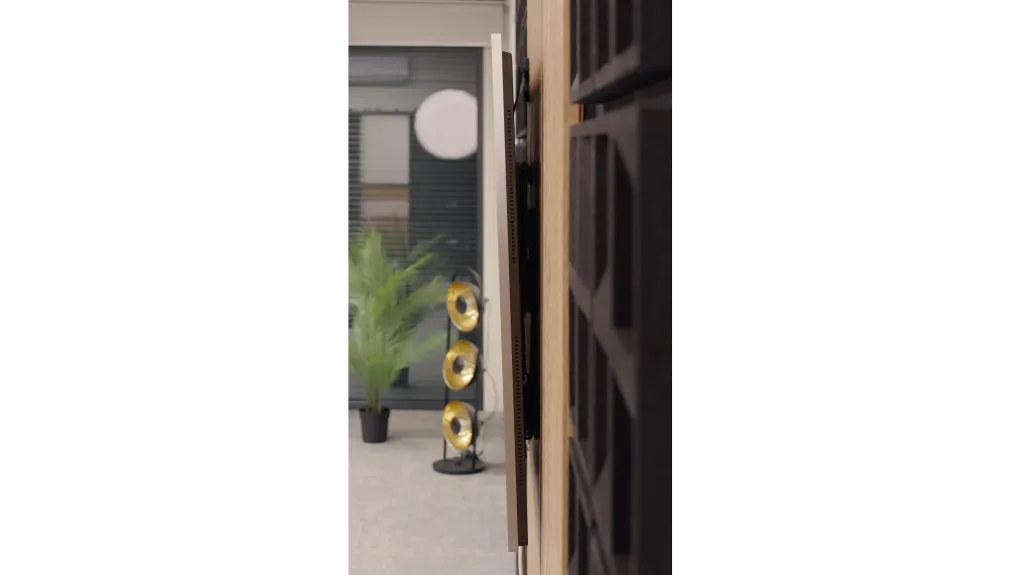




Contrast and black detail
10/10
6.1/10
Local dimming function: No
Contrast:

Result
∞:1

Result
∞:1

Result
∞:1

Result
∞:1

Result
∞:1

Result
6,000:1

Result
5,950:1

Result
6,250:1

Result
5,950:1

Result
5,750:1
Halo effect and black detail visibility:
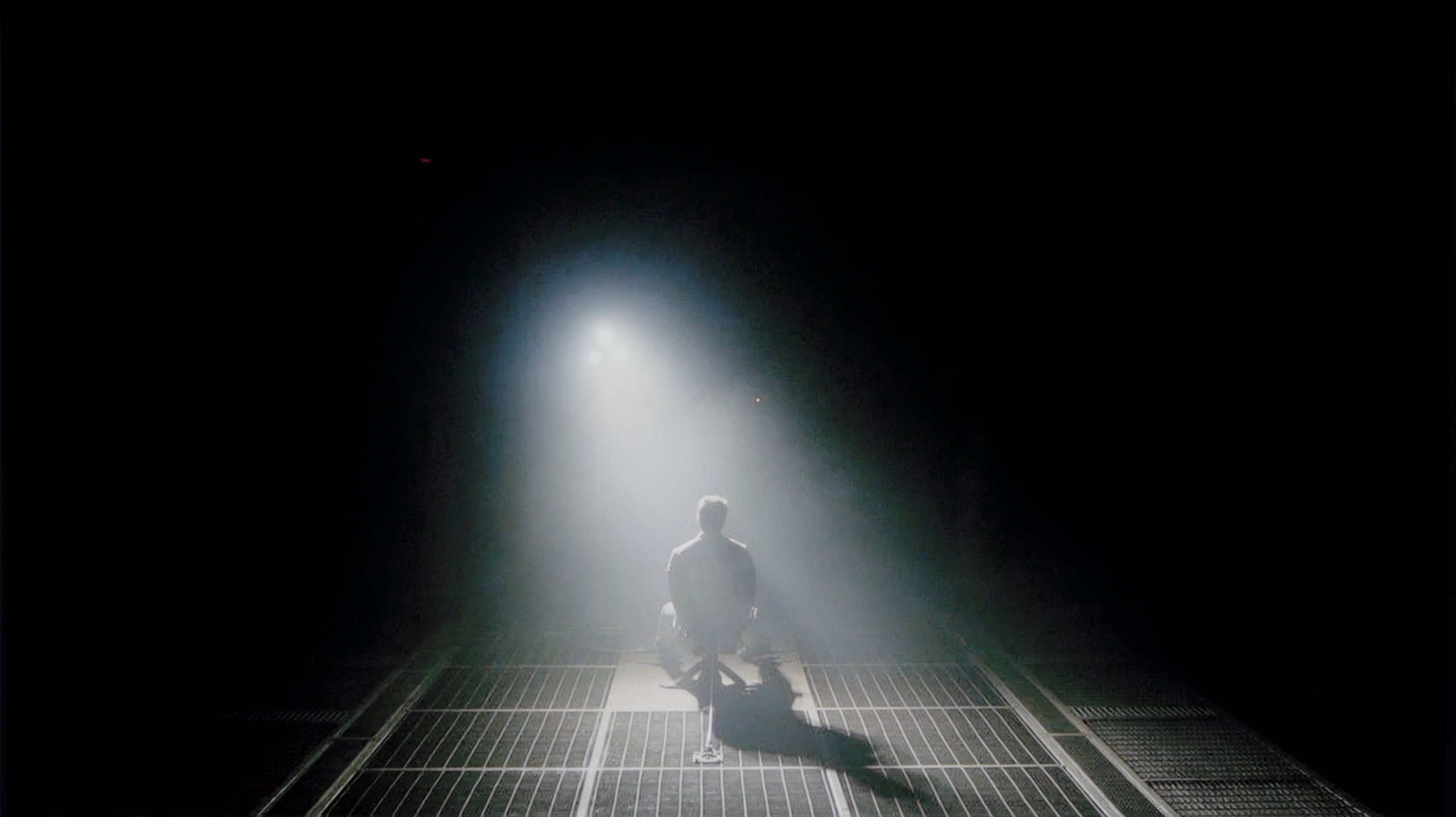

LG G5, as befits an OLED television, impresses with its quality of contrast and blackness. In scenes with a lot of dark areas, the screen looks almost perfect, offering deep, absolute black and infinite contrast – an effect that still cannot be achieved on any LCD television. The new Tandem OLED panel does not introduce any negative changes compared to previous generations – blacks are flawless regardless of the content. Watching scenes from films like The Revenant or Oblivion, the excellent separation of lights is clearly visible, without any halo effect or brightening of dark areas. In this category, the LG G5 deserves the highest rating.
The Philips PUS8560 in the size we tested is equipped with a VA panel. As a result, black levels – as far as LCD televisions go – can be deemed decent. And that is exactly the case with this model. Both black levels and the overall impression of contrast in the film scenes we tested were really quite good – the image does not bleed, and details are visible even in challenging sections.
But the panel alone is not everything. Unfortunately, the PUS8500 does not come with local dimming (which is a given considering the television segment), so one must be aware that in completely dark conditions, the black can resemble shades of navy more than true black. On the other hand – and here’s a plus for Philips – the Ambilight system does an excellent job. The backlighting genuinely affects the perception of contrast. Therefore, even if technically the black is not perfect, subjectively the viewing experience becomes much more pleasurable. For many people, this is enough to make an evening screening truly impressive.
HDR effect quality
9.1/10
4.8/10
Luminance measurements in HDR:

Result
2346 nit

Result
2353 nit

Result
2399 nit

Result
2353 nit

Result
2012 nit

Result
273 nit

Result
300 nit

Result
324 nit

Result
343 nit

Result
334 nit
Scene from the movie “Pan” (about 2800 nits)


Scene from the movie “Billy Lynn” (about 1100 nits)


Static HDR10


Dynamic: Dolby Vision
Dynamic: HDR10+


HDR luminance chart:
Philips PUS8500
Luminancja HDR
Luminance of RGB colors
LG OLED G5
Luminancja HDR
Luminance of RGB colors
LG G5 with the new Tandem OLED matrix brings the biggest change in terms of the brightness of the television. And it's substantial. This is truly an astronomically bright OLED. In every scene tested – whether it was point lights or full-screen whites from the film The Meg – the brightness on the G5 exceeded 2000 nits. Just a year ago, such values on an OLED were simply unimaginable. And here we are – the G5 is approaching, and at times even surpassing, the best Mini-LEDs on the market. A new feature of the Tandem OLED matrix is also the expanded colour gamut – and here the LG G5 performs almost perfectly. DCI-P3 reaches a full 100%, and BT.2020 is maintained at around 83%. These are some of the highest values currently available on the market – it's hard to find any other television that comes close to such results, unless we are talking about the best displays with QD-OLED panels. The G5 has nearly reference-quality HDR – both in terms of brightness and colour saturation. This is an OLED that can truly shine – and not just figuratively.
When it comes to the HDR effect on the PUS8560, it can fairly confidently be stated that it is very average. The panel brightness is around 350 nits, which we consider to be the absolute minimum for watching content in this format. However, this is not a result that will astonish a viewer searching for the best possible picture.
On the plus side, it is worth noting that the PUS8500 series – including the PUS8560/12 we tested – is advertised as a QLED television. And indeed, we can expect a wider colour spectrum here. This model is equipped with an additional filter (PFS), and a DCI-P3 colour coverage of around 90% should suffice for the majority of users. This filter works very similarly to quantum dots. As a result, the colours are quite well saturated. It is not an outstanding result, but it is entirely sufficient for watching films and series from streaming platforms.
Factory color reproduction
7.8/10
6.2/10


Factory Mode
After calibration


Factory Mode
After calibration
Our test unit, the LG G5, struggled with certain issues in the factory Filmmaker mode. And although most people might have found the picture acceptable, we knew that this television was capable of much more. This mode had a clear excess of blue tint in the white balance, resulting in a significantly cooled image – particularly in HDR modes, where there was additionally a lack of red. The picture appeared cold, and its sharpness was artificially boosted and unnatural. Another significant issue was the brightness characteristics. In SDR content, the situation wasn't the worst, aside from a slight dimming of the entire image. However, it performed much worse in HDR materials – due to improper brightness management, the smallest details could completely disappear from the image, while larger, bright elements looked overexposed and lacking in gradation. Fortunately, the G5 supports calibration using 3D LUT (a tool for professionals for colour calibration), so we decided to make use of its professional capabilities and see what it could really do. Because although it wasn't tragic even before calibration, the potential of this television definitely deserved more.
We tested the television with the best available factory settings, namely in Film/Filmmaker mode – this is the mode we recommend for everyday viewing. Unfortunately, it is not without its flaws. Both in HD and HDR content, the image had a noticeable tendency to a pink tint, caused by an excessive amount of red and blue in the white balance. Another issue turned out to be excessive brightness in the image, which was confirmed by both the gamma chart and the EOTF curve. This feature was responsible for loss of detail and washed-out colours in more challenging HDR scenes that we mentioned earlier. The overall result led to significant colour reproduction errors – in extreme cases, the delta E value exceeded 7, while the threshold for visible errors for the human eye is around 3. This situation can be improved with calibration, and you can read about its effects below.
Color reproduction after calibration
9.8/10
8.4/10




After performing the calibration process using professional tools, we can confidently state that the LG G5 offers nearly reference-quality image. Most of the errors related to white balance and the ColorChecker test are below a value of 2, which is a phenomenal result, practically imperceptible to the human eye. And while one could still nitpick that in HDR films the television still has a tendency to slightly dim the smallest elements of the image, in practice this does not negatively affect the overall impression. Kudos to LG, as once again they provide the user with enormous possibilities for adjusting their display – and this, combined with the very good parameters of the panel itself, results in an image that is truly hard to beat.
The Dutch manufacturer offers quite a sizable amount of settings in its products, so as usual, we decided to tinker with them a bit. The effects are immediately noticeable – we managed to correct the white balance, which made the image stop appearing excessively pink. The brightness characteristic has also been partially evened out, of course, within the limits set by the television itself. The image is no longer overly exaggerated, and the overall reception after calibration is definitely better than in the factory settings of the Filmmaker mode.
One could only critique the EOTF curve characteristic, which still indicates that the image has a tendency to brighten HDR materials. Despite our efforts, the darkest parts of scenes are still sometimes too bright, and the brightest ones do not always achieve their full contrast potential. However, it must be clearly stated that we are dealing with a typically budget construction – one cannot expect reference-level reproduction of HDR content from it.
Calibration has definitely helped this model – it improved the balance, toned down the aggressive colour palette, and brought the image closer to what one might expect from a well-configured movie mode. However, there are certain limitations that cannot be overcome.
Smoothness of tonal transitions
8.5/10
6.3/10












The fluidity of tonal transitions in the LG G5 is a notable step forward compared to last year's model. Not only has brightness been improved, but also the method of blending colours, which the G4 sometimes struggled with. In the vast majority of scenes, the G5 has no issues with tonal transitions – there is no visible banding typical of WOLED technology, nor are there unsightly breaks between colours. Of course, in very dark areas of the image and with shades of grey, minor imperfections can still be noticed, but these are things that the average viewer would not even register. In short – it is really good.
The PUS8560 handles colour transitions into smooth gradients very well. During tests, the image appeared coherent and natural, and serious issues with tonal transitions occurred only in very dark scenes – for example, in a shot with red water, where subtle cuts between colours could be noticed. However, these are rather exceptions that do not spoil the reception of most content. It is worth mentioning another phenomenon that more significantly affects the quality of the image – the so-called dithering, which refers to a slight "tingling" visible on uniform backgrounds. This effect can be particularly noticeable in high-quality materials and can somewhat spoil the impression of image clarity. It is for this flaw that we deducted some points in our evaluation.
Image scaling and smoothness of tonal transitions
8.7/10
6.1/10
Smooth transition function
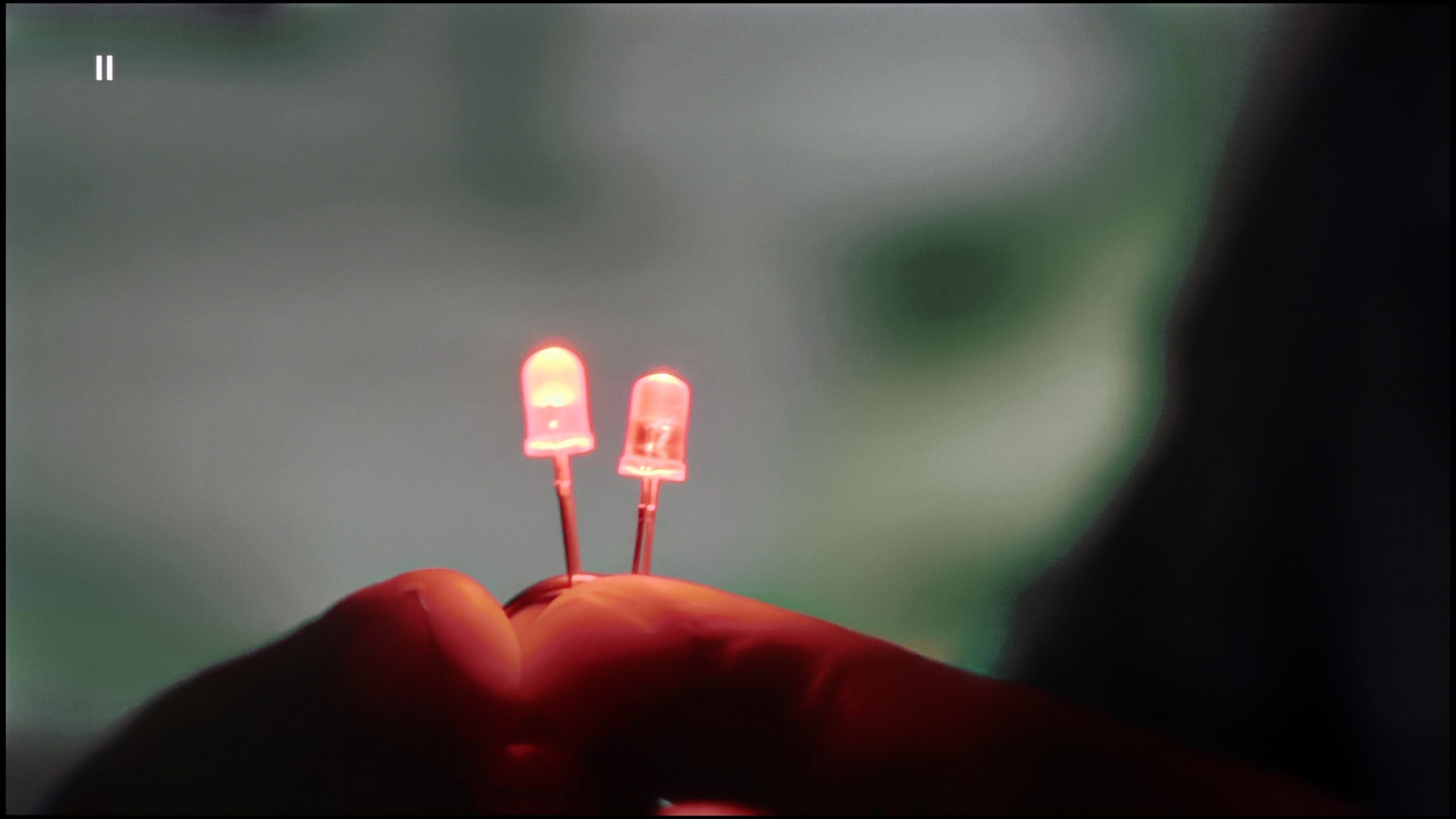

Image without overscan on the SD signal


Upscaling and digital image processing in the LG G5 are quite impressive. The television handles lower quality content very well, especially when the "Smooth Gradation" feature is set to a low level. In this mode, it effectively removes unwanted artifacts and issues with visible tonal transitions. It may also slightly smooth out some desirable details, such as the subtle texture of clothing or skin, but importantly – it does not remove film grain, so it's difficult to speak of a serious compromise here. This is one of those options that is definitely worth enabling.
The G5 also performs well with upscaling, which improves the quality of older materials. The test image with the model looked really solid – slight jaggedness was visible, but that's an effect that cannot be completely avoided. Additionally, there were no problems with overscan, which – contrary to appearances – is not at all obvious, even in 2025.
Philips PUS8560 offers a function for reducing posterization, hidden under the name "distortion reduction". And although it indeed fulfills its role by smoothing out problematic tonal transitions, it works a bit too broadly. In practice, it affects not only colourful gradients but also softens faces, the textures of clothing, and the surfaces of furniture. This compromises the authenticity of the image – especially in films where natural texture is very important. However, if someone is looking for smoothing at all costs, it's best to set this option to "Low". For cinema image enthusiasts – we definitely do not recommend it.
On the positive side, the quality of upscaling older materials is noteworthy – the PUS8560 model handles them surprisingly well. The image retains its natural softness, without artificially boosted sharpness. It is also worth mentioning that the television correctly displays content with very low resolution, avoiding issues with image edge cutting (so-called overscan).
Blur and motion smoothness
9/10
4/10
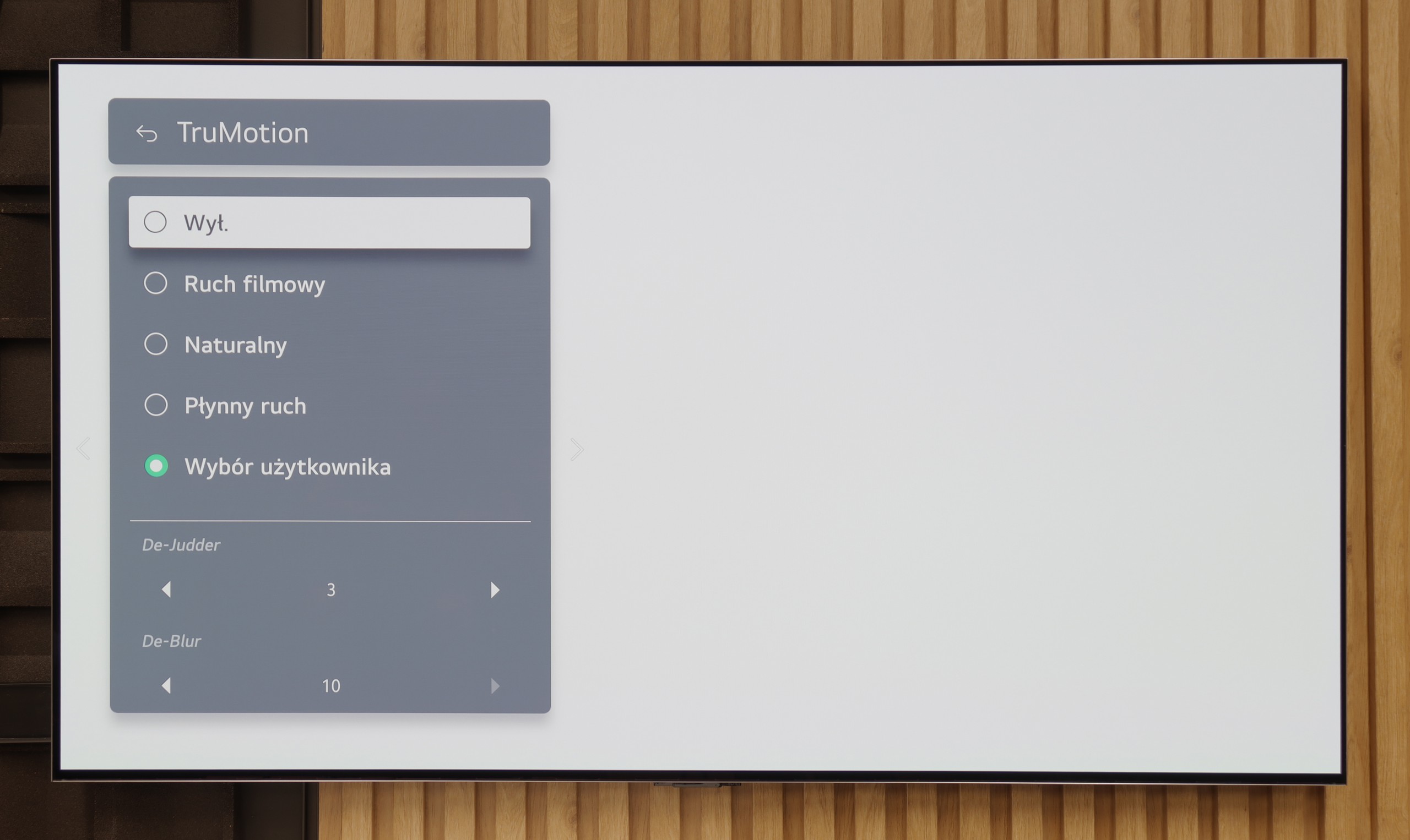

Blur (native resolution, maximum refresh rate):






Blur (BFI function enabled):
Image flickers in this mode



Smużenie (4K 165Hz):



Smużenie ():
The motion smoothness on the LG G5 is simply phenomenal. The television is equipped with a 165 Hz refresh rate panel, and this, combined with the instant response time of the OLED matrix, delivers incredible results. The image does not tear or stutter like on traditional LCD televisions. Like most LG models, the G5 is equipped with a motion smoother, which can be useful when watching films – we are, of course, referring to the TruMotion mode. With the "De-Blur" and "De-Judder" sliders, we can adjust the smoothness of older materials according to our own preferences, whether we want to maintain the characteristic film stuttering or lean towards a more fluid, television-like effect.
The Philips PUS8560 is a television equipped with a panel featuring a refresh rate of 60 Hz, which immediately limits its capabilities in terms of displaying dynamic content. Watching sports or playing on a console is not particularly enjoyable. The situation is further worsened by the lack of any option to improve the smoothness of films. In the menu, we won't find settings that would allow us to enable a motion smoother or even a slight motion smoothing for films recorded at 24 frames per second. You can imagine the effect. The image can appear jerky, especially in shots with panoramic camera movements.
Console compatibility and gaming features
10/10
4.7/10
- ALLM
- VRR
- VRR range40 - 165Hz48 - 60Hz
- Dolby Vision Game Mode
- Correct implementation of HGIG
- 1080p@120Hz
- 1440p@120Hz
- 4K@120Hz
- Game bar
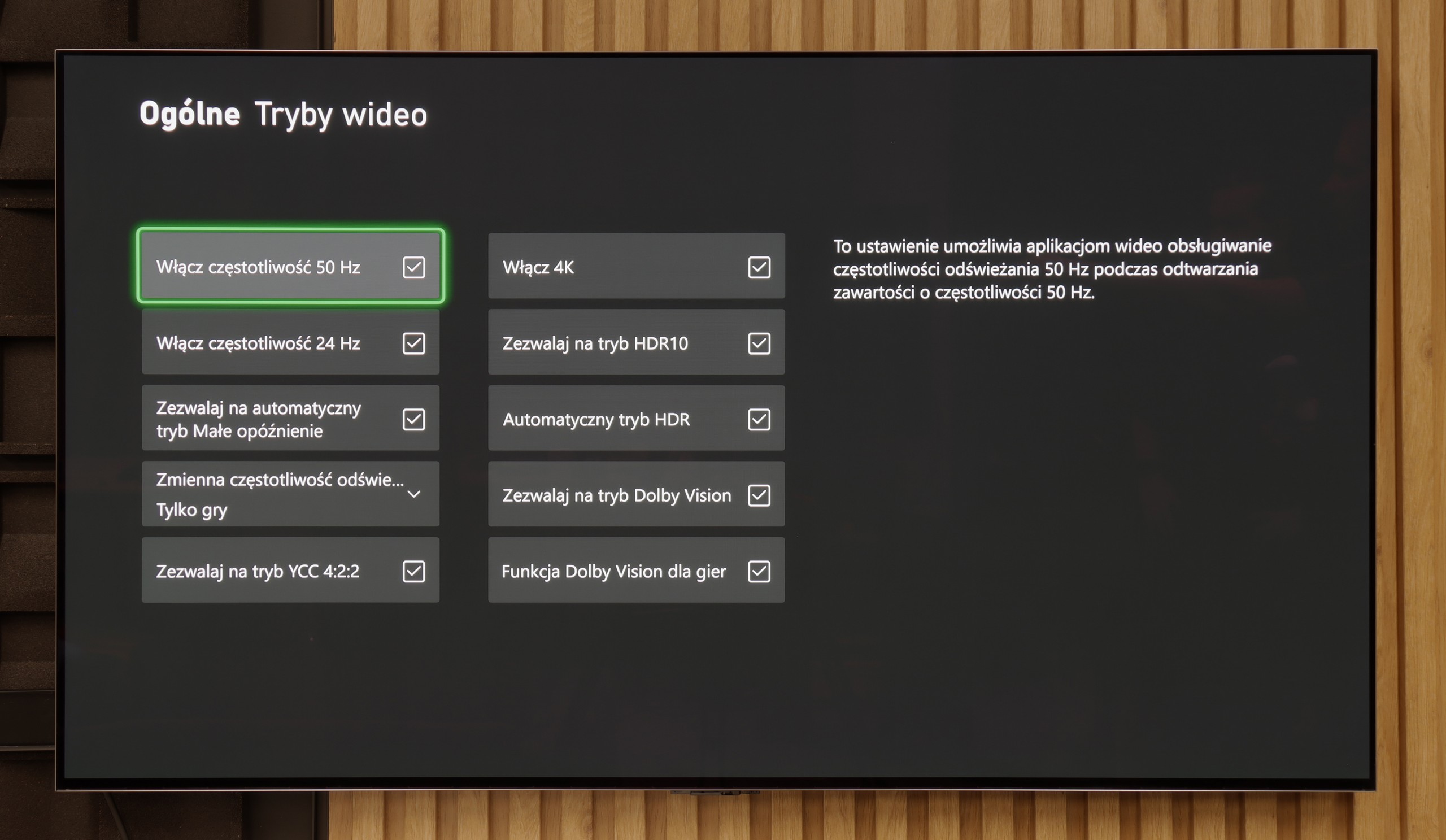

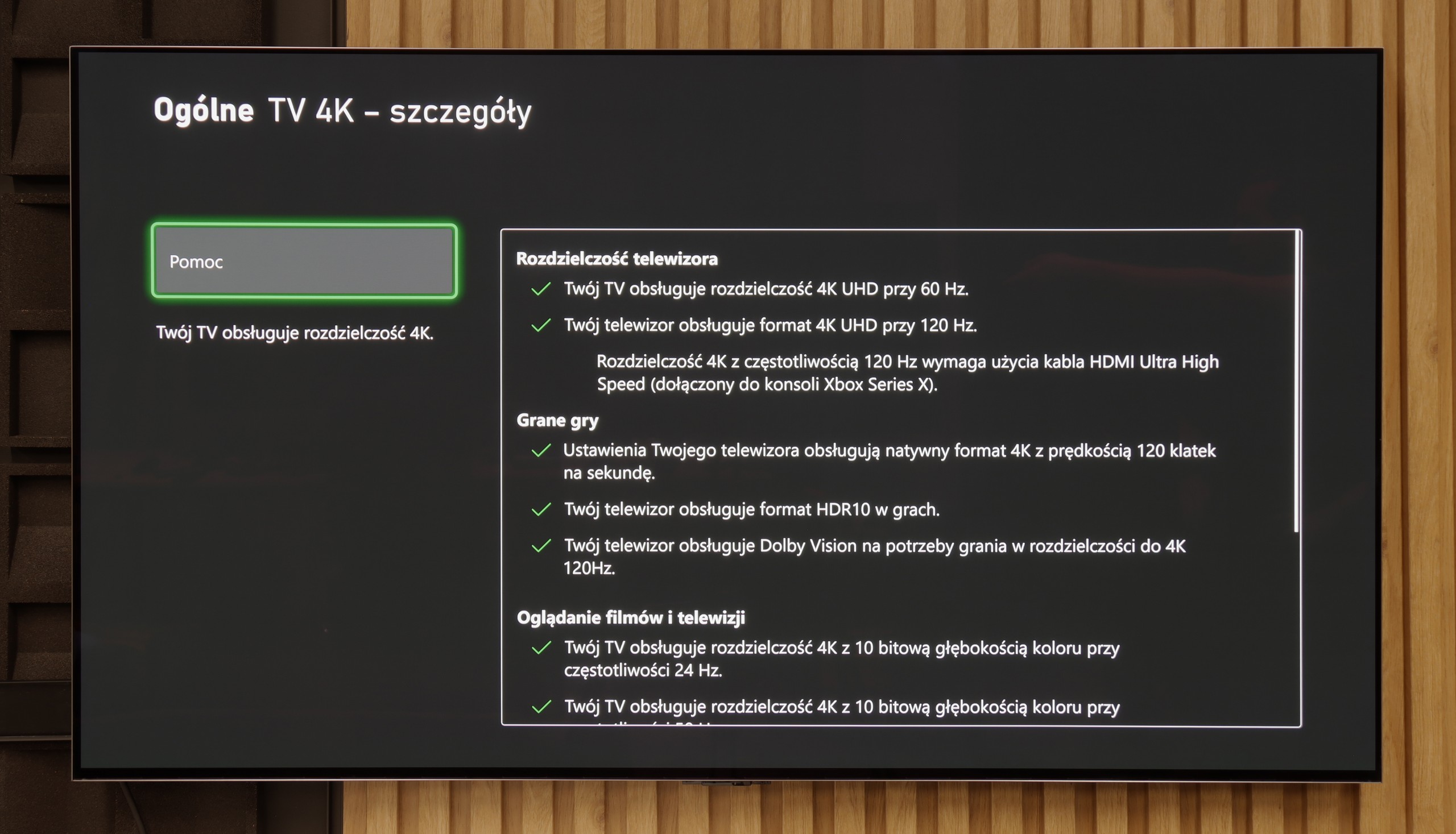

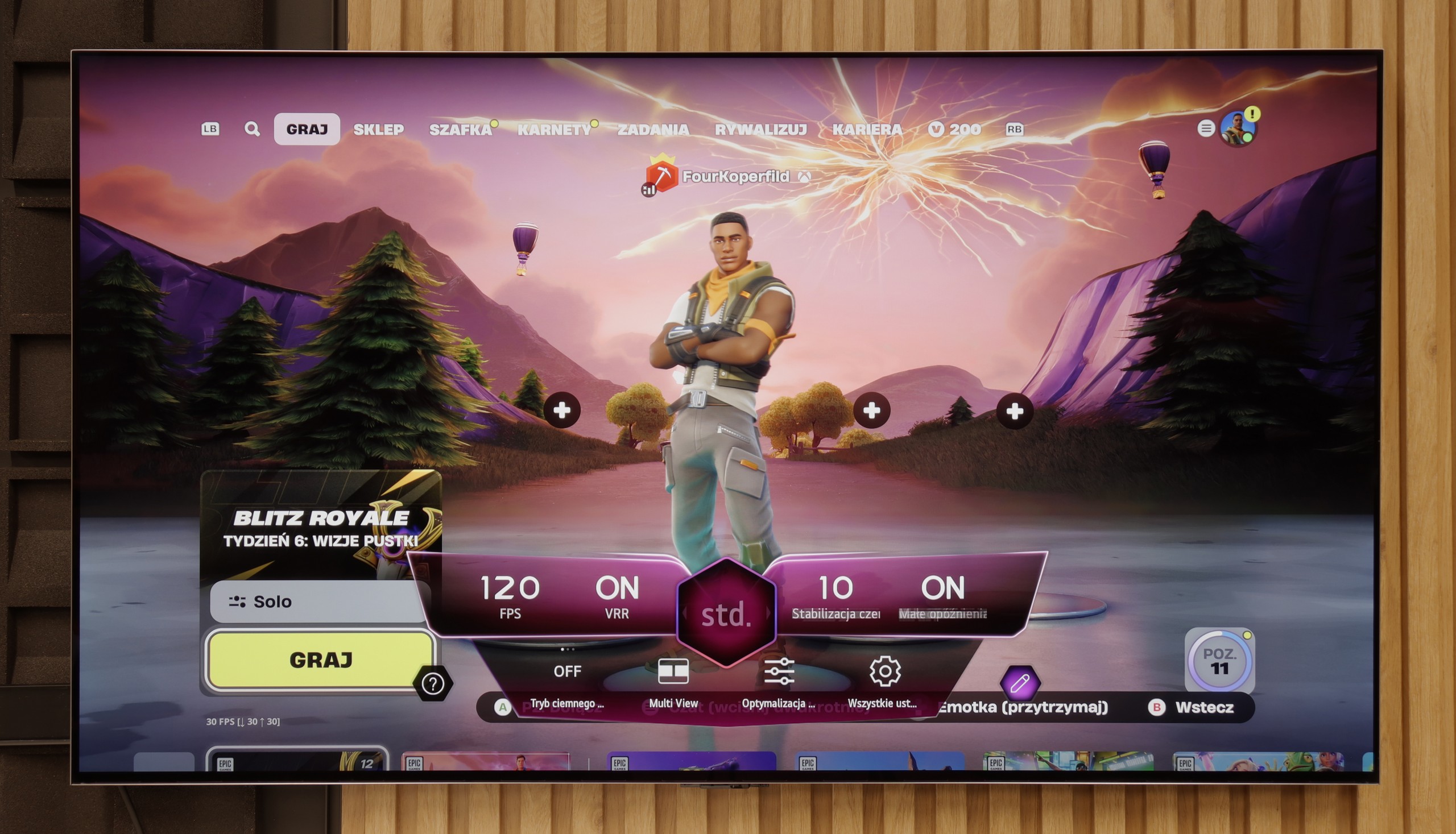

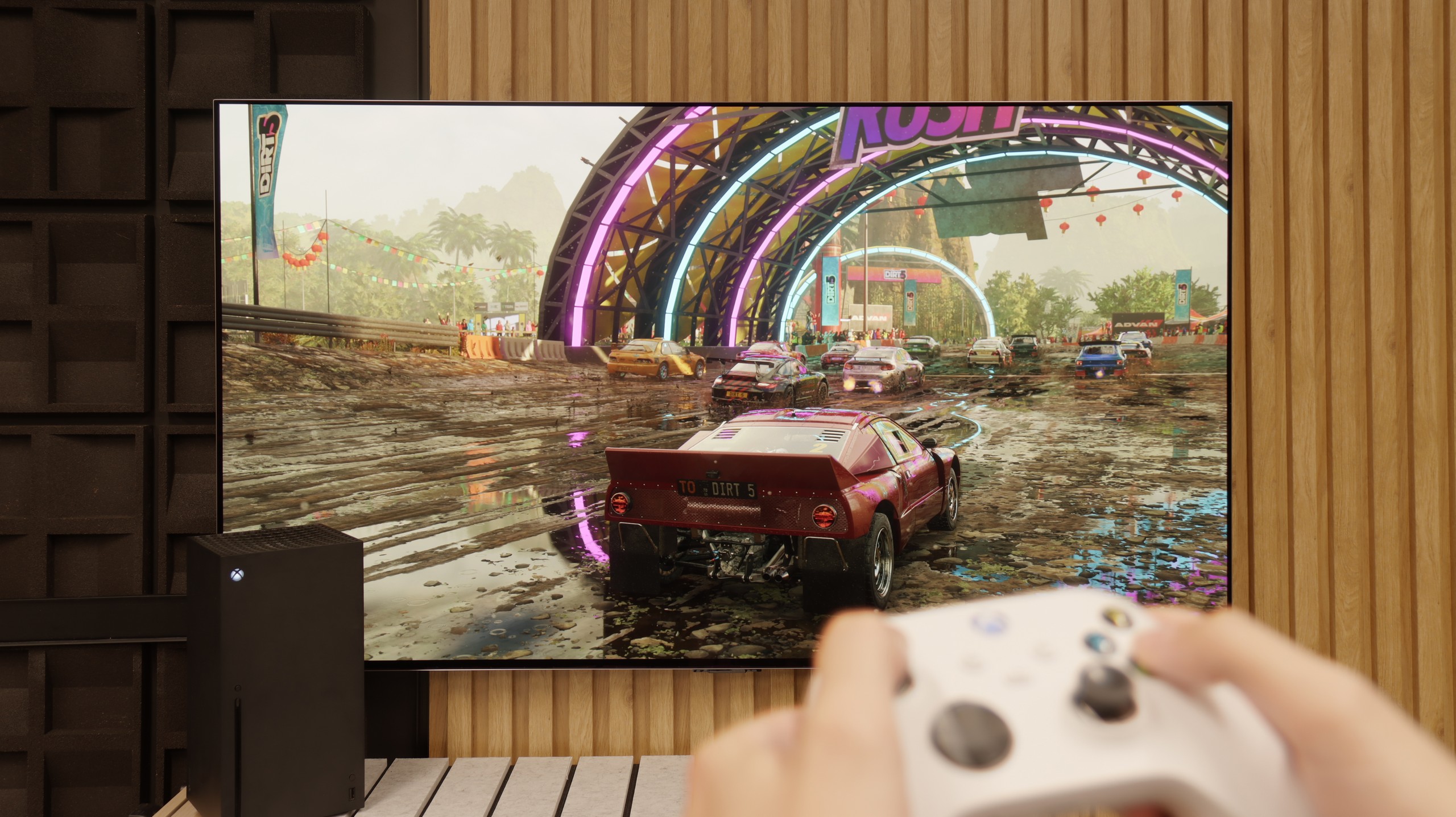

Features for gamers? Perfect. That should be sufficient for you to know what level we are dealing with here. The G5 is a television designed with gamers in mind, so we will find literally everything you could expect from a gaming screen. There is a Game Bar, there is support for high resolutions with high refresh rates – that is, 4K at 120 Hz, and even more, as the panel has a refresh rate of 165 Hz (which PC gamers will benefit from). The television supports variable refresh rate (VRR), automatic low latency mode (ALLM), and also correctly handles HDR in games thanks to the HGiG function. All of this adds up to one of the best sets of gaming features available on the market. Well done, LG.
Although the Philips PUS8560 is not designed with gamers in mind, the manufacturer has decided to equip it with a few features that may prove useful when connecting a console. On board, we find automatic switching to game mode (ALLM), as well as a simple connection status information bar – the so-called Game Bar. It does not make a particularly strong visual impression, but it serves its purpose. The presence of variable refresh rate (VRR), operating in the range of 48 to 60 Hz, may come as a surprise. While this is not a wide range, in the case of less demanding games or titles with unstable frame rates, VRR can help reduce screen tearing. However, this is the only element that could be considered beyond the minimum.
It must be made clear that the PUS8560 is not equipment for gamers looking for a responsive screen and full support for modern console features. It lacks HDMI 2.1 ports, the refresh rate is limited to 60 Hz, and the response time of the panel is not among the fastest. This model may be suitable at most for casual gamers who want to enjoy the Ambilight system.
Input lag
9.9/10
10/10
SDR
HDR
Dolby Vision
The input lag on the LG G5 is incredibly low. The reaction time to our actions – whether we're playing with a controller, keyboard, or mouse – is almost perfect. The controls are instantaneous, and the game responds exactly when we expect it to. The Dolby Vision Gaming mode does introduce slightly higher latencies, but even then it's hard to nitpick – in the worst case, the values hover around 20 ms, which for most gamers will be practically unnoticeable.
The input lag on the PUS8560 is very good. When we previously mentioned that this screen is rather for the "casual gamer," there is nothing to be ashamed of in this regard – even when compared to screens aimed at gamers. Results around 12 ms are truly outstanding, allowing for an enjoyable responsive gameplay experience. It doesn't matter whether we are playing in Full HD or 4K – the lag remains equally low, so if you value a quick response time, the PUS8560 will definitely not disappoint in this aspect.
Compatibility with PC
8.8/10
5.6/10
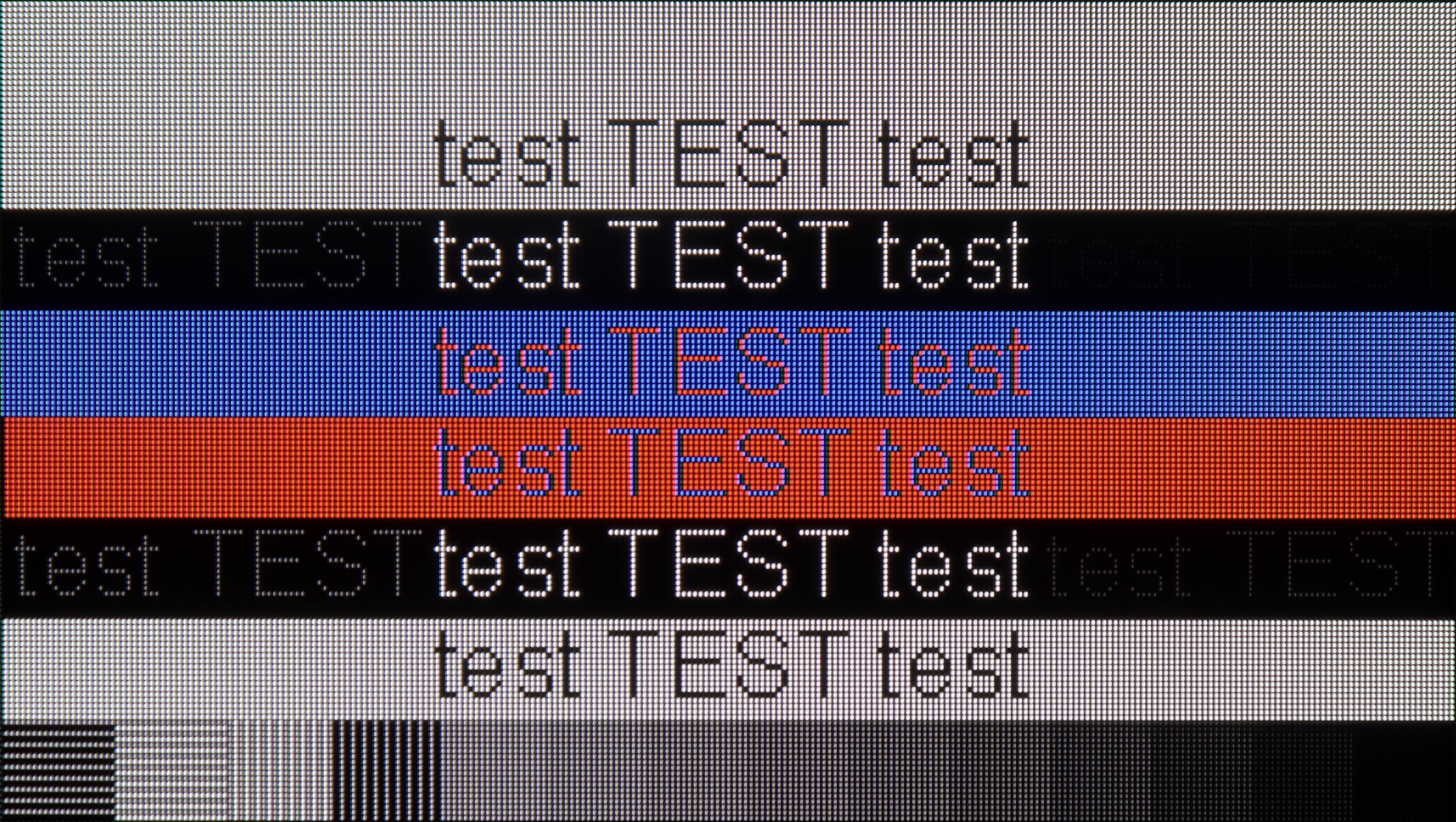

Collaboration with a PC? Nearly perfect. The television, as we mentioned earlier, has fantastic features for gamers – including those using a PC. Onboard, we find full G-Sync certification, a 165 Hz panel, and a super-fast input lag of around 5 ms. Thanks to the correct implementation of chroma 4:4:4, fonts are very easy to read – both the smallest and the largest. Although due to the WRGB subpixel layout, there may be slight shadows around the characters, for most users this effect will be virtually unnoticeable. The G5 excels as a screen for work, entertainment, and gaming – also from a computer.
When it comes to working with a PC on the PUS8560, it looks... quite strange. Chroma 4:4:4 is present in "Monitor" mode, but there is a problem with grey fonts – not all subpixels are lit, which results in the text appearing jagged. On the other hand, in "Game" mode – chroma 4:4:4 disappears, but the grey fonts look correct. In practice, we are therefore forced to juggle settings if we want to have perfectly readable text at all times. And what about gaming on the computer? Our opinion remains the same as for consoles – it is doable, but without fireworks. There is no variable refresh rate for G-SYNC graphics cards, and the refresh rate itself remains relatively low. However, we can once again highlight the very low input lag, which saves the situation in dynamic games.
Viewing angles
7.5/10
3.3/10
The viewing angles on the LG G5 are very good, mainly due to the use of a WOLED panel. It's hard to find fault here – the image does not significantly lose brightness or quality even when viewed from the side. However, it should be fairly noted that there is a slight regression compared to the G4 model. The predecessor used an MLA panel with micro-lenses, which offered slightly better light distribution. Also, compared to QD-OLED panels, the angles are worse. Nevertheless, the overall perception of the image at an angle remains very good and should not be an issue in everyday use.
The viewing angles on the PUS8560 are precisely what one would expect from a VA panel - it's not the best. The image loses quality even with a slight shift off-axis – colours become washed out and black begins to resemble a dark navy. This is, of course, the price paid for the better contrast that VA offers when viewed directly. In the case of our 55-inch model, this is still acceptable, especially if the television is positioned perfectly opposite the sofa. However, with larger screen sizes or a less central placement in the living room – it could become a problem for comfortable viewing.
TV efficiency during daytime
8/10
4.9/10
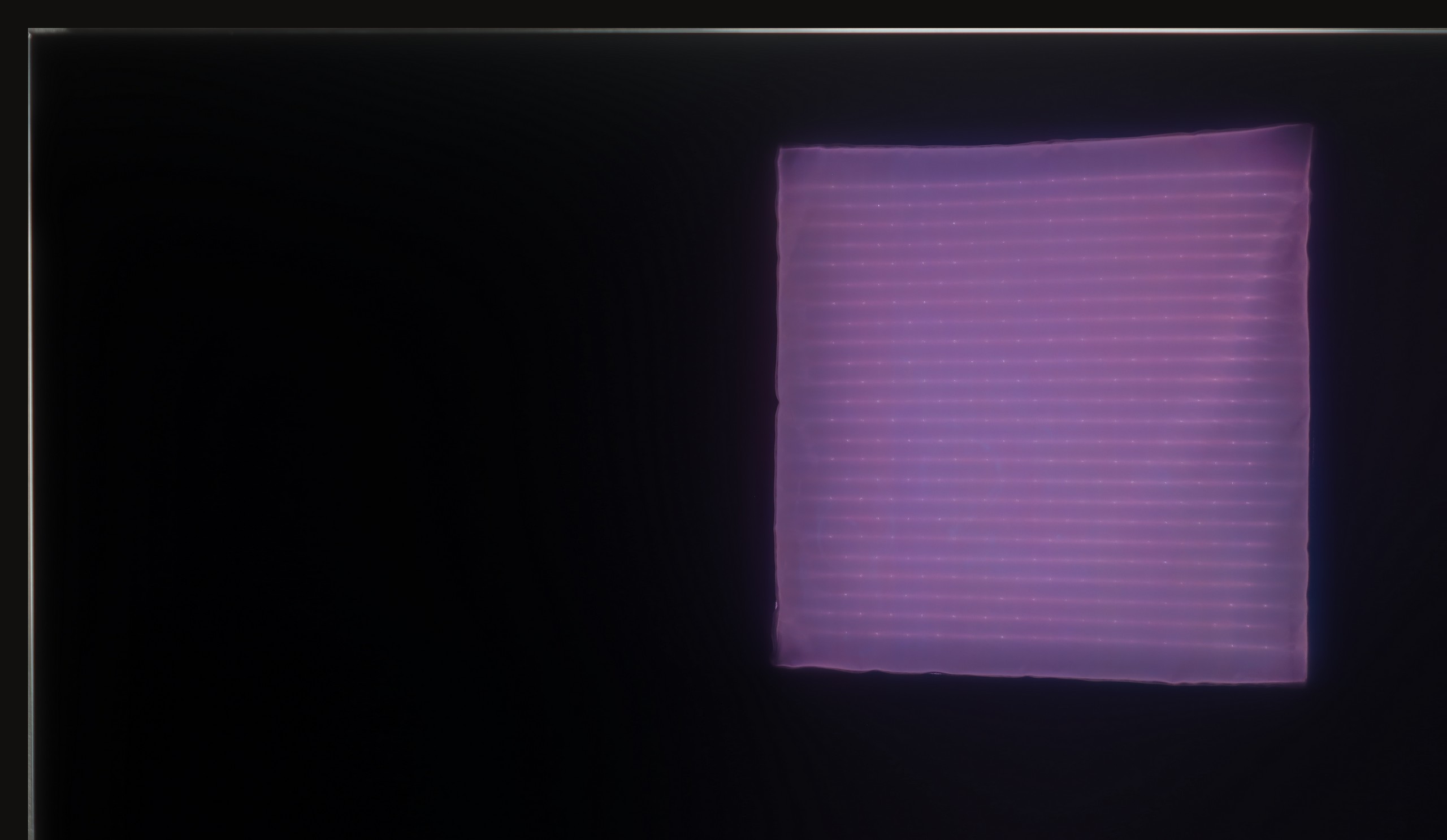



Matrix brightness
Average luminance SDR
Philips PUS8500 : 331 cd/m2
LG OLED G5: 810 cd/m2
The LG G5, thanks to its very high brightness, performs excellently in bright rooms. Even with SDR content, the average brightness value is around 800 nits, which is significantly more than in standard televisions. It will handle a bright living room with ease. Although the panel averages moderate reflection suppression, it still maintains significantly better blacks and colours during the day than QD-OLED panels or those with a matte finish. The G5 will perform well in very sunny rooms – unless you truly cannot stand reflections on the screen. In that case, you will need to use blinds or consider purchasing a television with a matte panel.
The PUS8560 performs moderately during the day. The satin matrix coating quite effectively dampens reflections, which means that light from windows or lamps does not interfere too much. The blacks also look decent for a VA panel – even in daylight, there are no significant losses in contrast. However, all the charm fades when it gets really bright. The panel's brightness is around 300 nits, which is definitely too little to speak of full comfort in a heavily lit room. In such conditions, the PUS8560 simply needs to be aided by blinds – otherwise, the image begins to look rather pale.
Details about the matrix
Subpixel Structure:

Panel uniformity and thermal imaging:


TV features
8.5/10
4.8/10
- HDMI inputs0 x HDMI 2.0, 4 x HDMI 2.1 48Gbps3 x HDMI 2.0, 0 x HDMI 2.1
- Other inputsIR (remote)
- OutputsToslink (Optical audio), eARC (HDMI), ARC (HDMI)Toslink (Optical audio), eARC (HDMI), ARC (HDMI), Mini-Jack (Headphones)
- Network InterfacesWi-Fi 2.4GHz, Wi-Fi 5GHz, Ethernet (LAN) 100MbpsWi-Fi 2.4GHz, Wi-Fi 5GHz, Ethernet (LAN) 100Mbps
- TV receptionDVB-T, DVB-T2, DVB-S, DVB-S2, DVB-CDVB-T, DVB-T2, DVB-S, DVB-S2, DVB-C
Classic features:
- Recording to USB (terrestrial TV)
- Recording programming
- Picture in Picture (PiP)
- RF remote control (no need to aim at the screen)
- Backlit remote control
- Teletext
- Audio only mode
- Possibility to connect Bluetooth headphones to the TV
- Possibility to simultaneously use Bluetooth headphones and the TV speaker
Smart features:
- AirPlay
- Screen mirroring (Windows Miracast)
- Wyszukiwanie głosowe
- Voice search in native language
- Ability to connect a keyboard and mouse
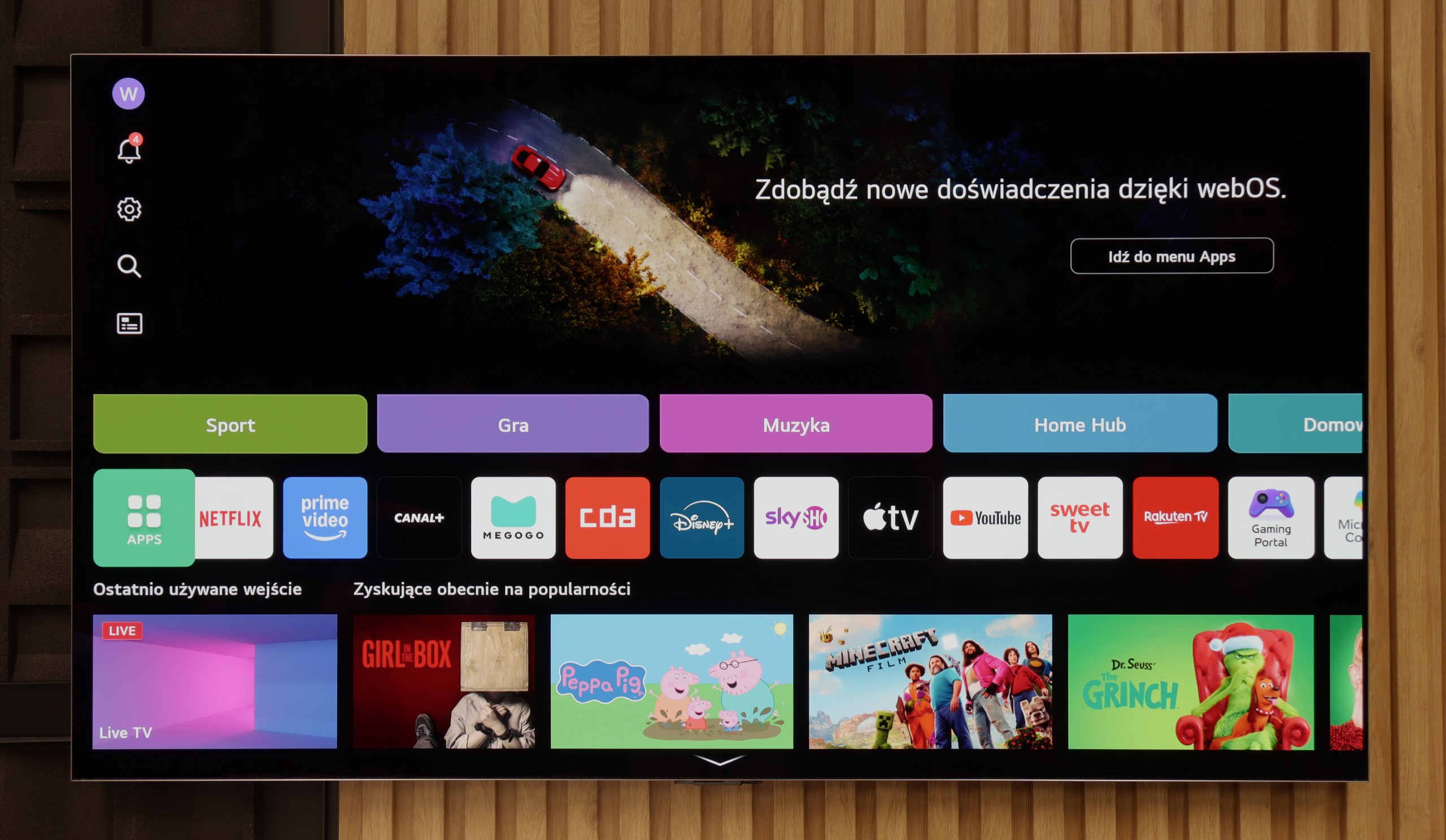
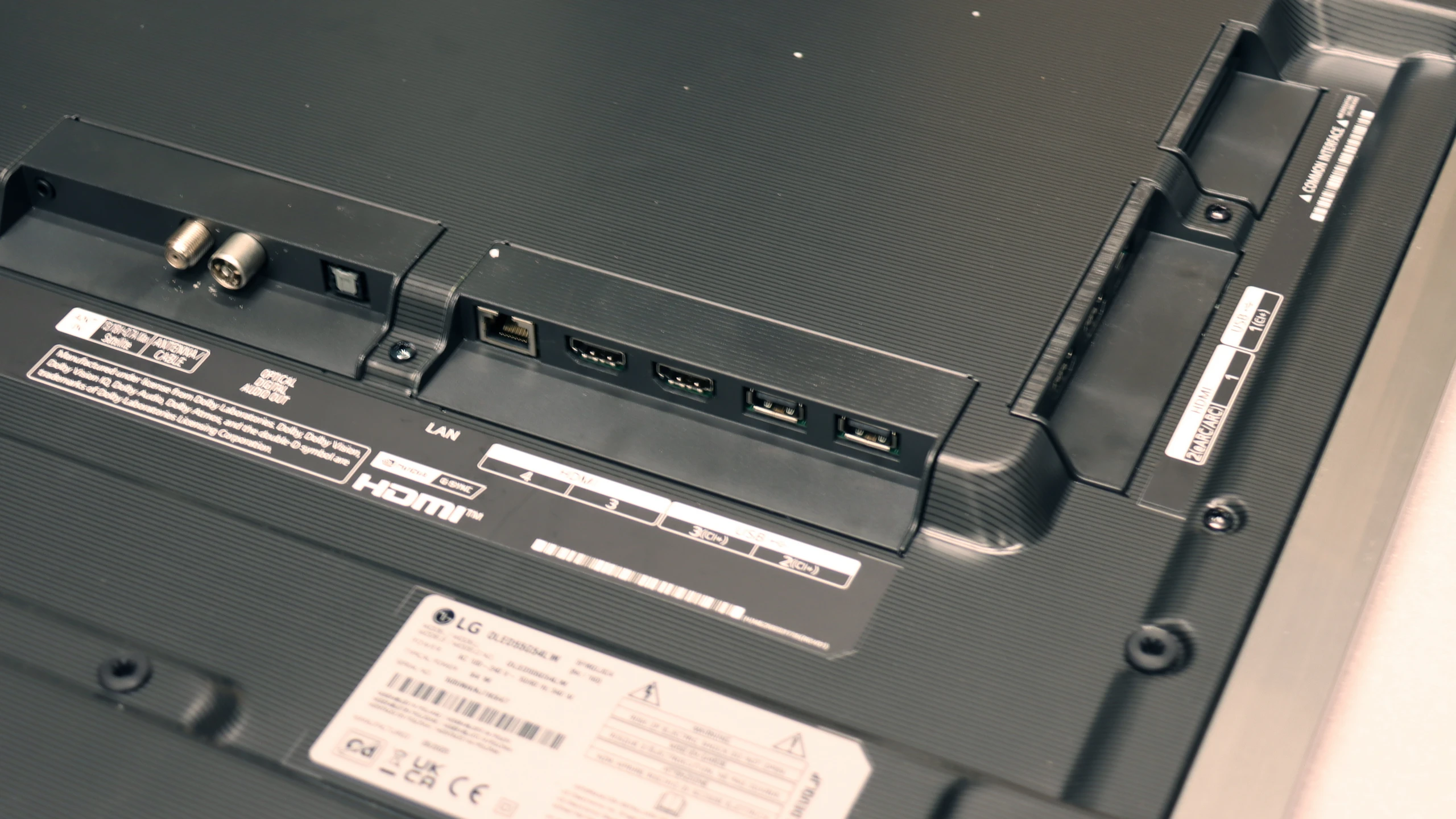
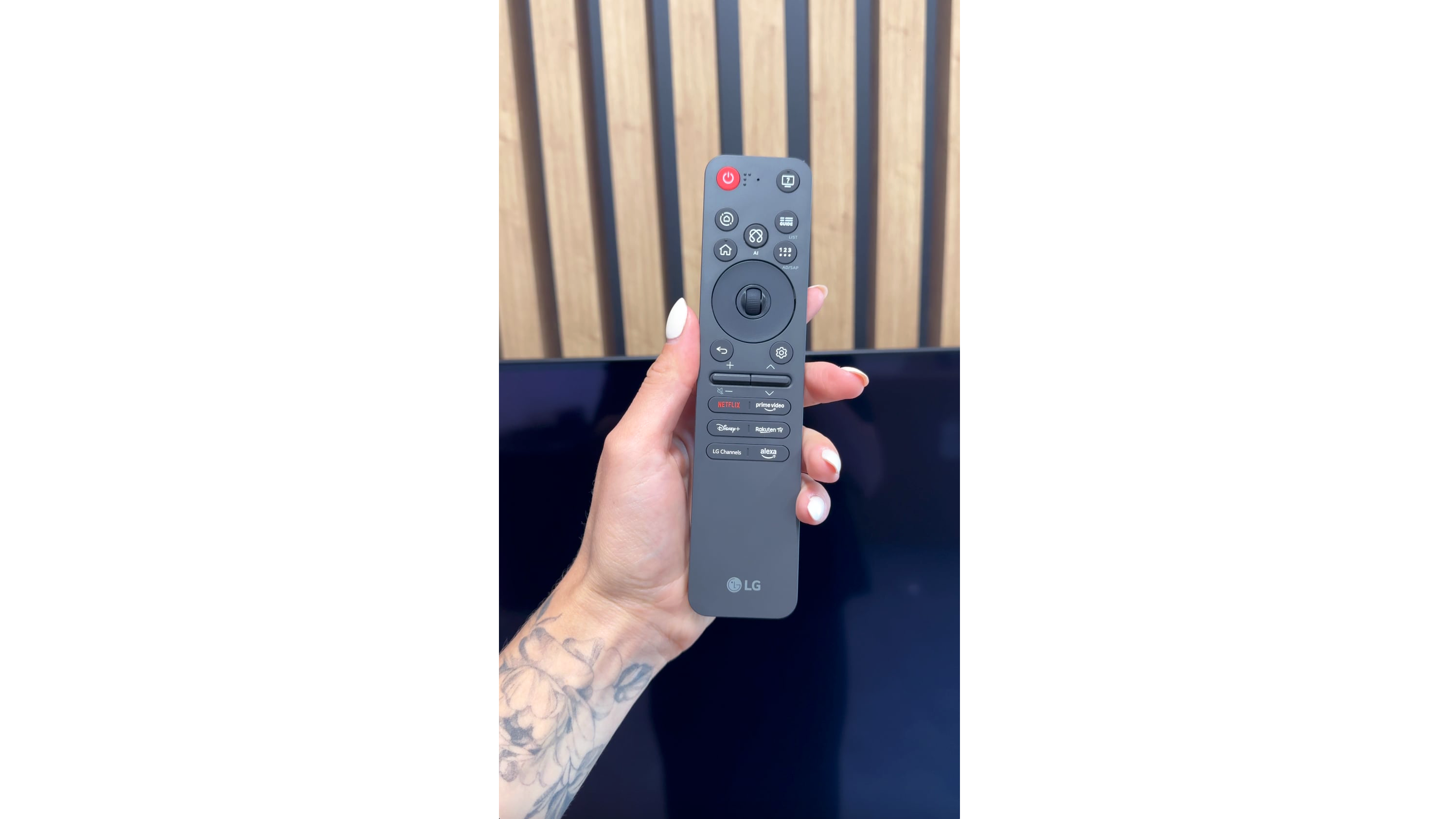
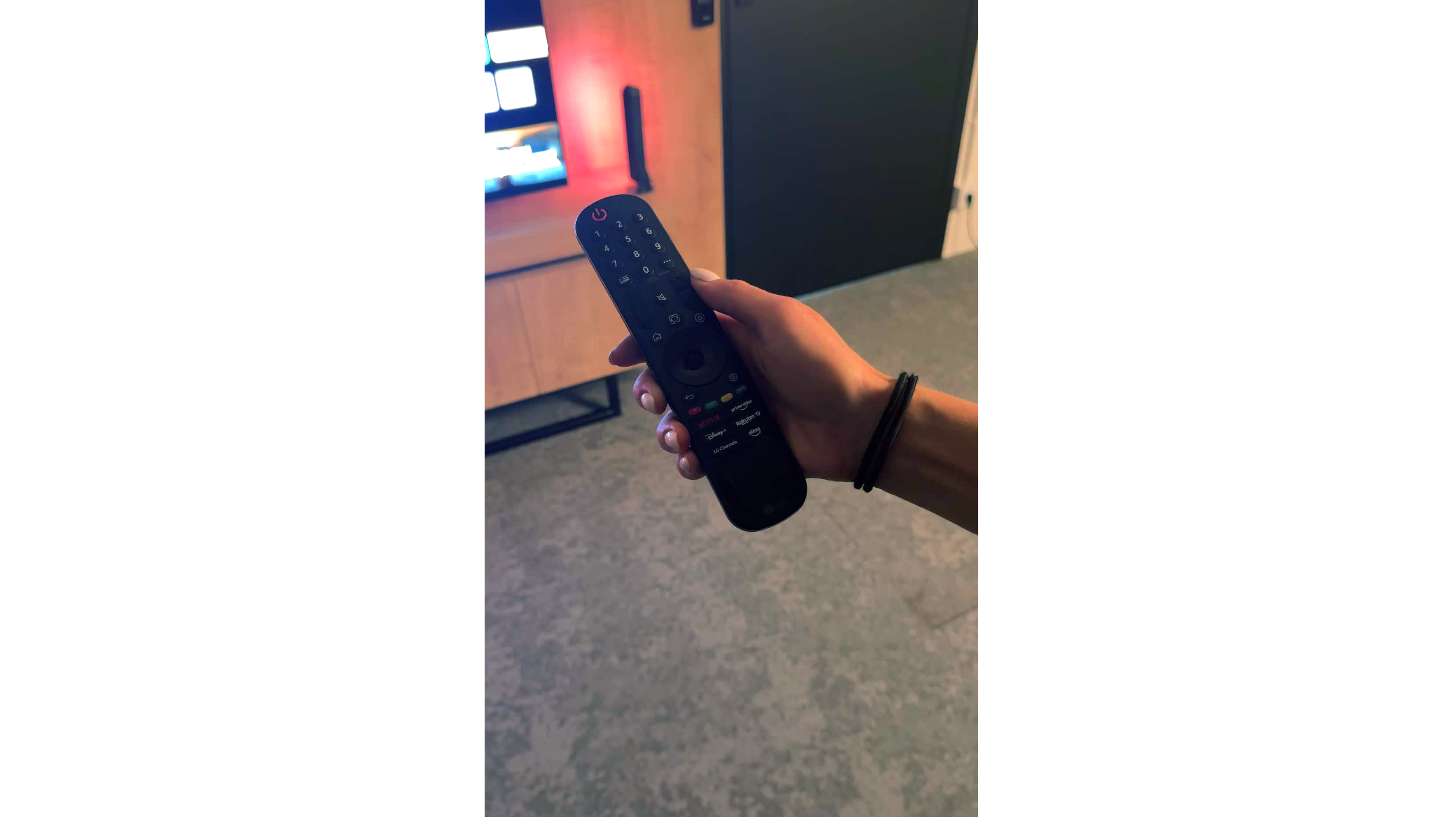




Classic features
LG G5 has a lot to offer when it comes to classic television features. Aside from the inability to watch two sources (PIP), the television handles everyday usage excellently. There are no issues connecting external Bluetooth devices, such as headphones, and the EPG interface is very clear and understandable – even for those who are not particularly tech-savvy.
Smart TV Features
The Smart TV in the G5 operates on the WebOS system – it is the heart and brain of the entire television. With the Magic remote, using the G5 is truly enjoyable. We control the cursor on the screen with wrist movements, which somewhat resembles using a mouse in the air. The system itself is highly developed and offers everything one could expect: AirPlay, screen mirroring, voice search, and voice commands – all of this works smoothly and without delays. Without a doubt, it is one of the best operating systems in televisions on the market.
Note:
During our tests, we had virtually nothing to complain about – perhaps with one exception: the confusion surrounding the remote. Depending on the market and the specific version of the model, you may encounter the new, minimalist Magic remote (without a numeric keypad) or the older version with a full set of buttons. We tested the G54LW model, which came with the new Magic remote, but it's hard to say how the situation looks in other variants. It may be a similar situation to the LG C5 series, where the addition of the remote also depends on the specific market.
Classic TV Features:
If you are looking for a television that "works" in the most basic sense – the PUS8560 will fulfil that role. In terms of classic features, we have a rather minimalist set. On the plus side, there is an electronic programme guide (EPG), teletext, a backlit remote control with a classic numeric keypad, and a headphone jack input. It sounds a bit like a dream set for seniors – and there is some truth to that. However, it must be stated clearly: this is a television with very limited capabilities. We will not find recording functions from DVB tuners to USB here, nor is there a PiP mode or other conveniences known from more expensive models.
Smart TV:
How does the SmartTV perform on the PUS8560? Well, this is where it gets a bit more complicated. The PUS8560 runs on the Titan OS, which in this particular implementation posed significant problems. Some features, although present "on paper," simply did not work. For example: Wireless screen mirroring functions, such as Chromecast or Miracast – we tried to activate them from several different phones and laptops… without success. Perhaps this will be fixed in the future, but at the time of testing – it did not work. Additionally, the system's speed left much to be desired – switching between applications or home screens was simply slow. A considerable portion of the menu functions seems to be well hidden in the depths of a poorly organised system. To make matters worse, the library of available applications is quite limited. Even though the situation with applications is better than last year, it is still far from ideal. The situation tries to be salvaged by a modern remote – slim, elegant, backlit, and really well made. Unfortunately, it operates on classic infrared, so you have to aim it at the screen. The only exception is voice control, which works via Bluetooth… it’s just a pity that it doesn’t support Polish.
Playing files from USB
9/10
8/10
Supported photo formats:
Maximum photo resolution:
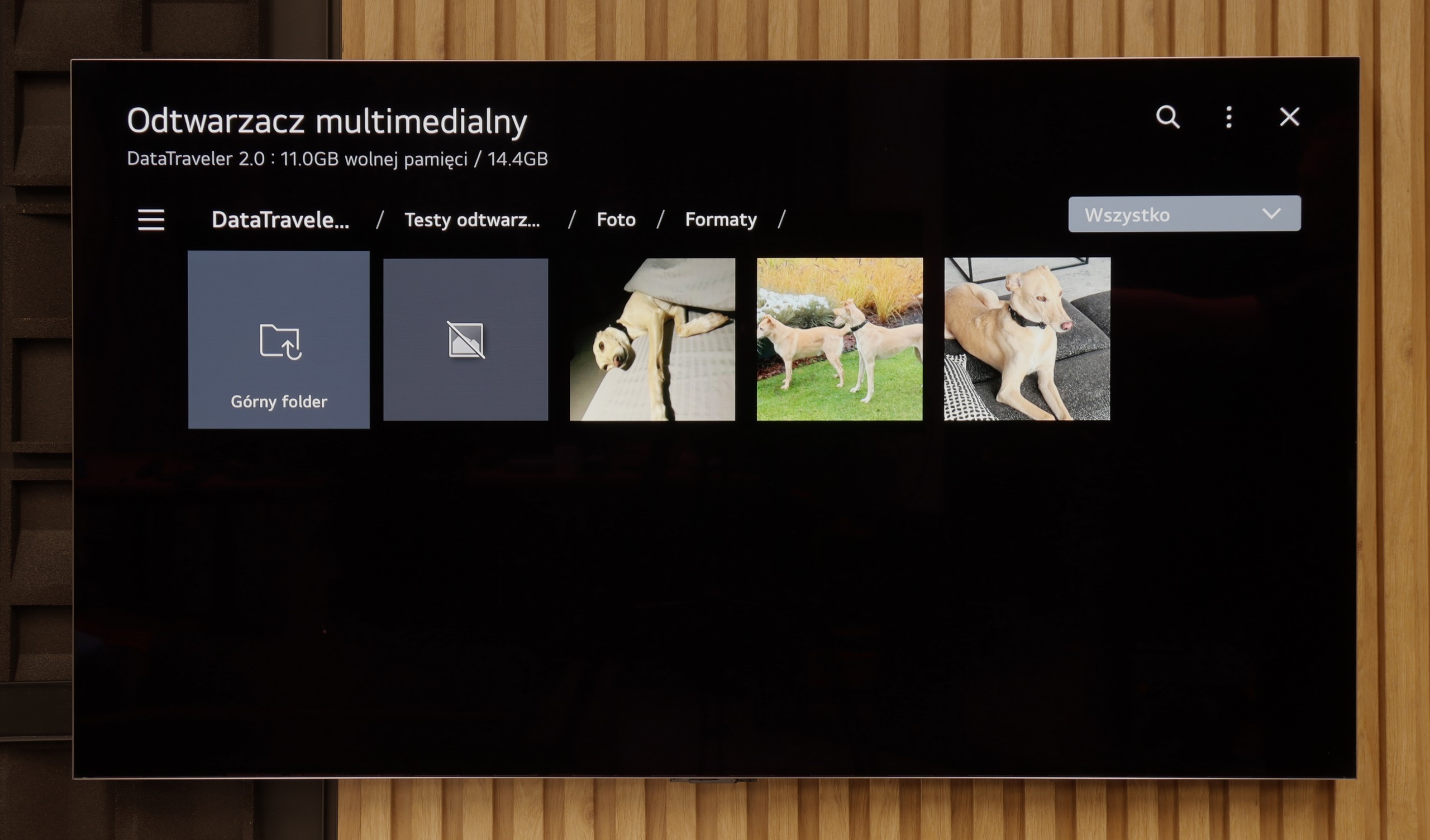

The built-in media player in the LG G5 is really very good. It supports practically everything you might expect from a modern television – most popular formats work without any issues, and the app's performance is swift. Our only disappointment was the lack of support for very high bitrate HEVC 85 Mbit/s files – similar to the C5 and B5 models. Interestingly, the same file played flawlessly on last year's LG OLEDs, so it's hard to say what has caused this change. Nevertheless, in everyday use, the G5 will handle the vast majority of content without the need to connect any external devices for media playback.
The PUS8560 handles the playback of most popular video and audio formats from a USB memory stick without any major issues, so there’s no point in detailing the compatibilities one by one. In everyday use, it should simply work – and it does. The only thing worth noting is the handling of images. Although the television easily recognises popular file extensions, there are instances when some images simply do not display when the graphic files have very high resolutions. This may not be a huge problem, but it’s good to keep it in mind, especially if we want to view photographs straight from the camera. Apart from that, the PUS8560 shouldn’t pose any significant issues with playing files from USB.
Apps
9.1/10
4.6/10














































Sound
8.7/10
6.2/10
- Maximum volume--
- Dolby Digital Plus 7.1
- Dolby True HD 7.1
- Dolby Atmos in Dolby Digital Plus (JOC)
- Dolby Atmos in Dolby True HD
- DTS:X in DTS-HD MA
- DTS-HD Master Audio
The sound on the LG G5, considering its slim profile, is truly phenomenal. When listening to music, one can feel a light, pleasant bass, and in films, the dialogue is clear and audible – it does not get lost even in dynamic scenes. Unfortunately, a certain disappointment is the lack of support for the DTS format, which LG used in its older models. It’s a shame, as many home cinema enthusiasts may feel this as a step backwards.
The television sounds quite pleasant and can confidently be regarded as having sufficient sound levels for most users – both for watching everyday programmes and for an evening viewing of a series. Moreover, a pleasant surprise is that even in this budget-friendly series, Philips has chosen to acquire licenses for full audio formats such as Dolby Atmos and DTS. This is great news for owners of home cinemas and soundbars, as it means full compatibility and no need to "fiddle around" with connecting external devices.


